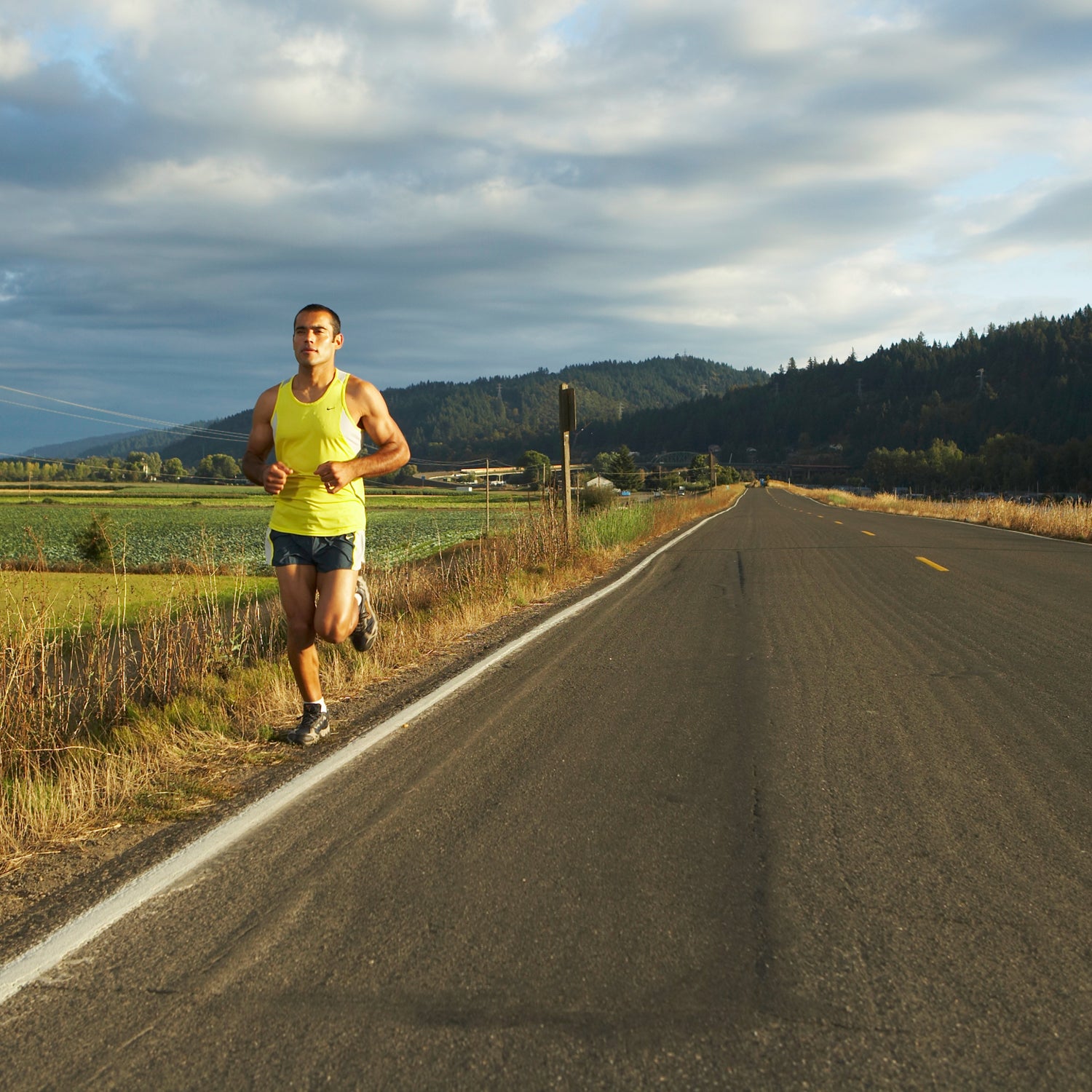For more than a decade, HIIT, or high-intensity interval training, has been touted as a miracle workout for its efficiency. We’ve been told that HIIT produces the most positive training effects in the least amount of time: , . But new research suggests that most endurance athletes—even weekend warriors—must slow down to get fast.
That shouldn’t come as a surprise. High-performance athletes have long realized the benefits of training slow, says Matt Fitzgerald, author of a new book on the subject called —80/20 referring to the ratio of slow to high-intensity training. Research is starting to show that even for amateur athletes who train much less than elites, 80/20 training will better improve race performances than HIIT alone. How slow? staying below your aerobic threshold, or where you can no longer talk comfortably while exercising.
Exactly how many hours a week one must exercise to benefit from the 80/20 rule is still under investigation, though Fitzgerald says it’s been proven effective for runners covering as little as 35 miles a week. “Studies are finding that even at the recreationally competitive level—for the weekend warrior who’s only working four to five hours a week—people improve more when they take a mostly slow approach to training,” Fitzgerald says.
Why 80/20 training improves performance ultimately has to do with recovery. Leading researcher on the subject and the man who coined “the 80/20 rule,” at Norway’s University of Agder, believes too much training at a mid-range intensity flattens the training response, “with the classic sign being elevated resting heart rate and blood lactate response, but depressed maximal heart rate response during high intensity work,” he wrote in an e-mail. “The athlete’s physiological transmission gets stuck in the middle gears.”
In other words, if you’re constantly working out at a moderate intensity, you’ll be too fatigued to give your best effort in hard, speed-building workouts. The result: suboptimal race times. “It’s like being chronically mildly sleep deprived,” Fitzgerald says. “You don’t know what another hour of sleep will do for you until you get it.” Athletes don’t know how fast they can go, he argues, until they train slow.


